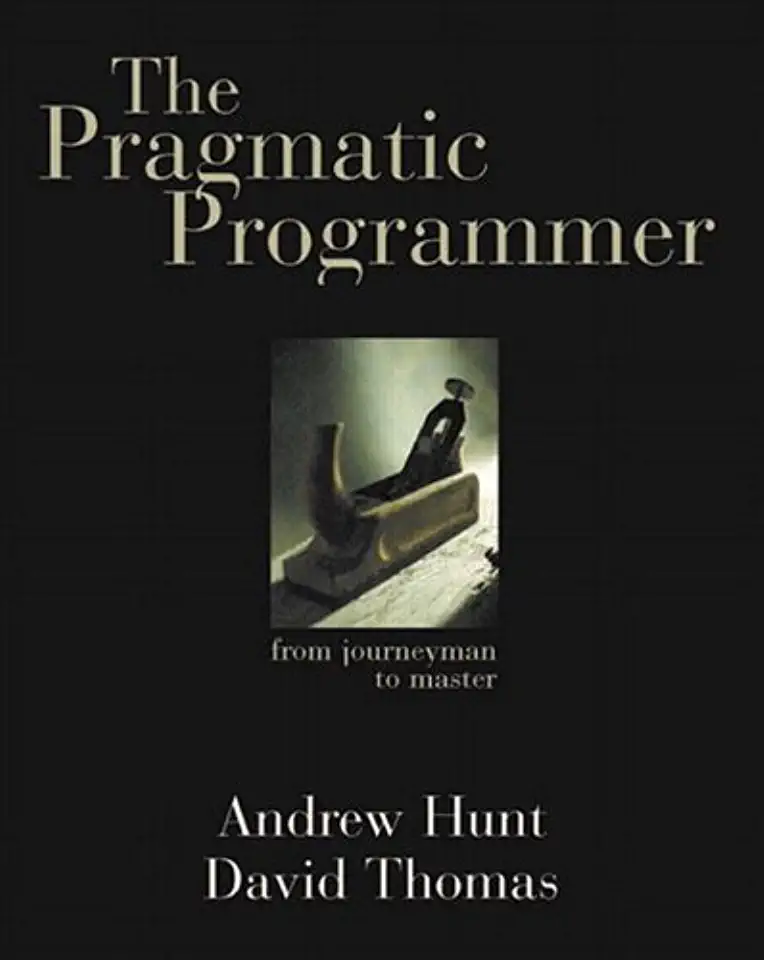
The Pragmatic Programmer: From Journeyman to Master - Andrew Hunt and David Thomas
The Pragmatic Programmer: From Journeyman to Master
A Comprehensive Guide to Software Development Best Practices
In the ever-evolving world of software development, staying ahead of the curve requires a combination of technical expertise and practical know-how. "The Pragmatic Programmer: From Journeyman to Master" by Andrew Hunt and David Thomas serves as an invaluable guide for software developers seeking to elevate their skills and become true masters of their craft.
Key Concepts and Principles
At the heart of "The Pragmatic Programmer" lies a set of fundamental principles that guide the reader through the intricacies of software development. These principles include:
The Pragmatic Philosophy: Embracing a practical and results-oriented approach to software development, prioritizing effectiveness over theoretical elegance.
The DRY Principle: Emphasizing the importance of avoiding duplication of code and information, ensuring maintainability and reducing complexity.
The Law of Demeter: Encouraging the use of well-defined interfaces and minimizing dependencies between software components, promoting modularity and testability.
The Single Responsibility Principle: Advocating for the creation of cohesive and focused classes and functions, enhancing readability and reducing the likelihood of errors.
The Open-Closed Principle: Promoting the design of extensible software that can be easily modified without requiring significant changes to existing code.
Practical Techniques and Tools
Beyond theoretical concepts, "The Pragmatic Programmer" offers a wealth of practical techniques and tools to enhance software development practices. These include:
Test-Driven Development (TDD): A disciplined approach to software development that emphasizes the creation of tests before writing code, ensuring reliability and reducing the risk of defects.
Refactoring: The process of improving the structure and design of existing code without changing its functionality, enhancing maintainability and readability.
Continuous Integration (CI): A practice that involves frequent integration of code changes into a central repository, enabling early detection of issues and facilitating collaboration.
Pair Programming: A collaborative development technique where two programmers work together on the same task, fostering knowledge sharing and improving code quality.
Version Control Systems (VCS): Tools such as Git that allow developers to track changes to code over time, enabling efficient collaboration and facilitating the management of different versions of software.
Real-World Examples and Case Studies
To illustrate the practical application of these concepts and techniques, "The Pragmatic Programmer" presents numerous real-world examples and case studies drawn from the authors' extensive experience in the software industry. These examples provide valuable insights into the challenges and solutions encountered in various development scenarios, making the book relatable and applicable to a wide range of software development contexts.
A Timeless Resource for Software Developers
Since its initial publication in 1999, "The Pragmatic Programmer" has stood the test of time as a must-read for software developers of all levels. Its timeless wisdom and practical guidance have helped countless individuals improve their skills, enhance their productivity, and become true masters of their craft.
Conclusion
"The Pragmatic Programmer: From Journeyman to Master" is an essential resource for software developers seeking to take their skills to the next level. Its comprehensive coverage of fundamental principles, practical techniques, and real-world examples provides a roadmap for continuous improvement and mastery in the ever-changing landscape of software development. Whether you are a seasoned professional or just starting out, this book is an invaluable investment that will pay dividends throughout your career.
Enjoyed the summary? Discover all the details and take your reading to the next level — [click here to view the book on Amazon!]